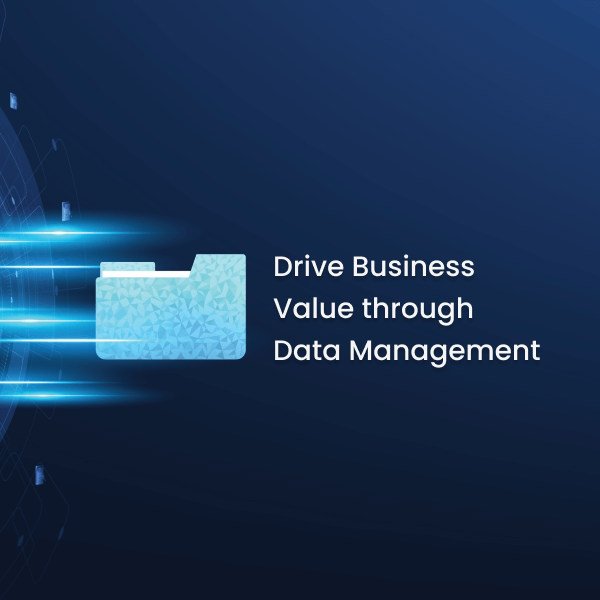Usually, an all-in-1 product is too good to be true—think 2-in-1 hair products. Shampoo and conditioner, separately, are essential parts of a regular hair care regime; but when combined, the resulting product loses some key benefits that usually stem from a regiment that uses the two separately.
While on the surface it seems farfetched to compare a hair care product with a software product, the idea is similar. Microsoft Office 365 (O365) is a cloud-based platform that provides the best of the Microsoft Office Suite: content creation, collaboration, and communication tools. Like the 2-in-1 shampoo, Microsoft O365 is a product that offers multiple useful functions. However, is a combined solution really the best “one-size-fits-all” product for information governance? Surely, O365 is the optimal Microsoft option for companies who already heavily uses the Microsoft suite (SharePoint, Outlook, Skype, etc.), but how would information governance translate smoothly with this one-stop shop kind of product?
For many people, the main benefit of purchasing that 2-in-1 hair product is the price: why pay top dollar for two separate products when you can just pay once and get both? Likewise, price is a big attraction for Microsoft Office 365. Its cost and compatibility with existing in-house Microsoft applications have piqued the interest of companies everywhere.
While the price tag and compatibility may attract companies, an important thing to consider is the influx of new applications and therefore new content sources that come with the product. An influx of data like this requires strong governance capabilities to keep up, especially in areas like eDiscovery, records management and especially compliance with the regulatory landscape drastically changing in the near future. Furthermore, one must consider the key players in information management today—not just IT, but the end-users in departments sprawled across the enterprise.
Ultimately, it all boils down to what a company is looking for and whether or not the product of interest aligns with their business priorities and goals. If the priorities are cost savings and compatibility, then yes, a “one stop shop” product like Office 365 would be the right choice. However, it is crucial to consider the sustainability of such a solution with such an emphasis on content generation. This kind of product needs a supplemental information governance solution to account for the constant stream of data it creates.
So before grabbing that 2-in-1 shampoo bottle, make sure one-size-fits-all functionality fits for you.
Want to learn more about how governance can be integrated into Microsoft O365? Check out our most recent webinar: Look Before You Leap: Governance Tips for Making the Move to Office 365.




